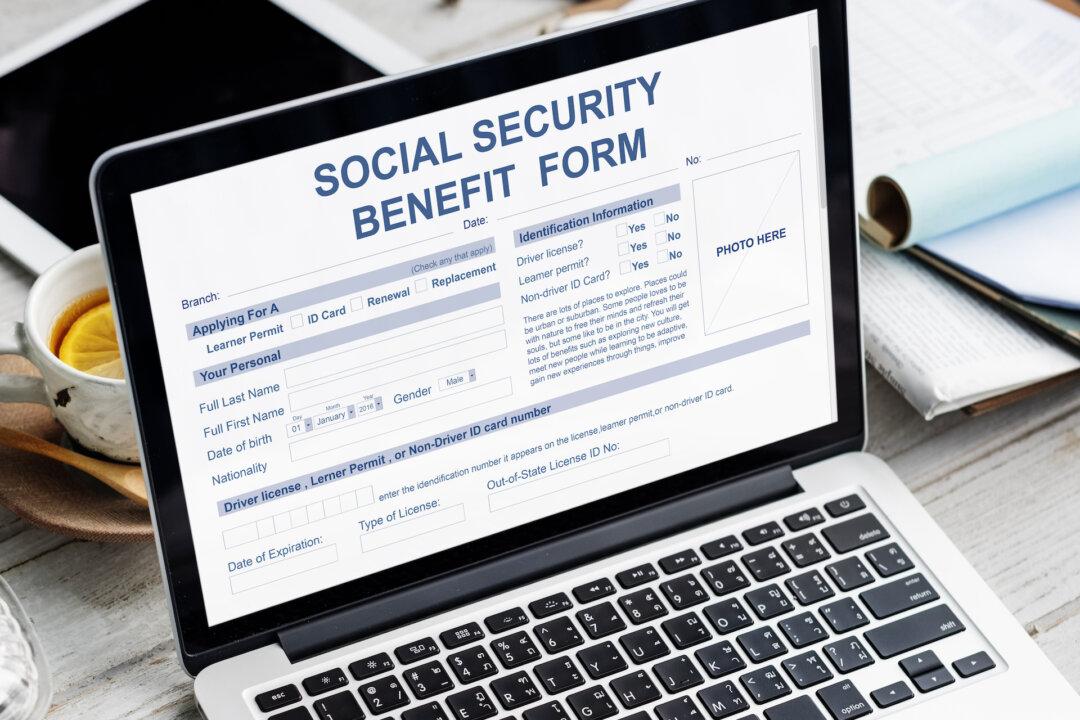Q: I am a 78-year-old recent widow. I got my own Social Security number when I was about 20. But since my husband and I started getting Social Security benefits about 15 years ago, the correspondence I got from the Social Security Administration showed my husband’s Social Security number with a letter “B” behind it. Somebody at a Social Security office once told me this meant I was getting wife’s benefits on his record. How does the letter “B” stand for a wife? And now that my husband has died, I notice that any mail I get from the SSA shows my husband’s number with a letter “D.” Does this mean “deceased?”
A: No, it doesn’t mean deceased. Believe it or not, it stands for “widow!” So you may legitimately wonder why in the world a “D” means widow. Shouldn’t it be a “W,” perhaps? I will use this column to explain the mysterious world of Social Security claim numbers. These numbers are sometimes referred to as BIC codes. BIC stands for “beneficiary identification code.”






